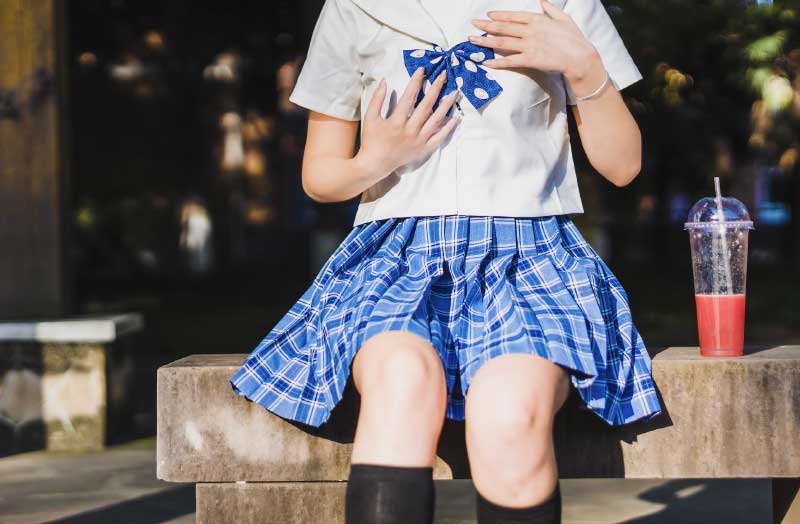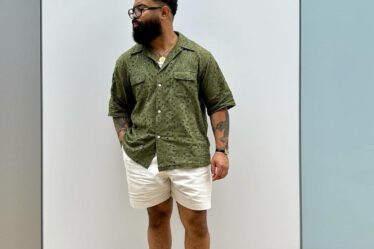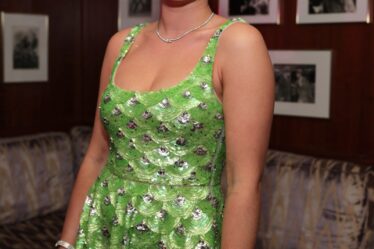
The age-old debate between fashion and function always resurfaces regarding school dress codes. On the one hand, schools aim to provide a learning environment that promotes etiquette and professionalism. Students desire to express their individuality and sense of creativity. However, dress codes are not about aesthetics. They play a crucial role in ensuring the safety and well-being of all.
This article will explore the intersection between fashion and function. We will examine the historical context, controversies, and modern-day implications. Whether you are a student or teacher, understanding the nuances of school codes can help. It assists in creating inclusivity and comfort in the learning environment.
The Evolution of School Dress Codes: From Strict Rules to Smart Style
The evolution of the school dress code has been a long and varied journey. Schools have tried to balance discipline and professionalism with self-expression and individuality. In the early days, strict rules and rigid uniforms were the norms. They focused on conformity. If you are writing a dress code in school essay, it is essential to consider the history of how uniforms now came to be. Such essays provide you with an idea of what people believe unity is. Such samples will enhance your understanding of how dress codes come to be and what factors play a part in them.
The counterculture movement of the 1960s and 70s created a desire for self-expression. Hence, the school dress codes became more relaxed. This allowed students to wear more casual clothing. The 1980s saw the rise of popular fashion trends such as ripped jeans and band t-shirts. As concerns over safety and professionalism started to mount, the dress codes became more restrictive in the 1990s.
Smart Style: What the Dress Code Entails
However, there has been a growing movement towards creating a smart dress code in recent years. This one balances self-expression with professionalism. Hence, this style is a term coined to describe a new dress code. It promotes balance and has become popular among schools looking to become more inclusive. This creates a more welcoming environment. It provides a more comprehensive range of clothing options. This evolution of dress codes serves as a reminder that discipline and individuality are both critical. However, the struggle to find the right recipe might always be present.
Breaking Stereotypes: Smart Style and Gender-Neutral Dress Code
The importance of dress code in school is a source of controversy, especially regarding issues of gender and stereotypes. Many school traditions have perpetuated gender norms, where girls wear skirts and boys wear pants. This has led to discomfort, discrimination, and even harassment among students. It happened amongst those who do not identify with traditional gender roles. So, has anything changed, and are there gender-neutral dress codes?
Gender-Neutral Uniforms
Have you ever wondered what the importance of a uniform is? Well, it often is related to health and safety, visibility, and professionalism. There has been a growing movement towards creating a gender-neutral student environment. This is what smart style is, which is becoming popular. This encourages comfort and professionalism without adhering to strict gender-based dress codes.
Smart Style and Personal Style Choices in School Dress Codes Examples
A common concern among individuals in college is how to look good at school. It might not be easy to understand and wrap your head around it first. However, below are some outfits for school samples that you can utilize for your own creations.
- Pants and skirts for all: instead of forcing girls to wear dresses, this style allows everyone to have a choice. This approach eliminates gender-based stereotypes. It also will enable students to express their personal style.
- Solid-colored shirts and sweaters: this eliminates graphic tees or clothing logos. Hence, this style requires all to wear solid-colored shirts and sweaters. This promotes professionalism while allowing people to choose their colors and styles.
- Accessories: accessories are the ultimate form of expression. The intelligent style allows jewelry, hats, or scarves which can add individuality to the outfit. No one should deny others the ability to accessorize themselves. This goes against the gender-neutral statement.
- Hair and makeup: this fashion allows greater freedom in hair and makeup choices. You can wear different hairstyles and makeup that reflect your personality. You can do so as long as you do not cause disruption in the classroom.
- Footwear choices: While some codes require specific types of shoes, this fashion allows various options. Students may be able to wear sneakers or more comfortable footwear.
Conclusion
As schools’ clothing regulations develop, it’s vital to remember the impact these policies may have on children. Schools may establish a more pleasant and inclusive learning environment for all students. They can do so by developing dress rules that combine discipline with the need for originality.
Furthermore, the evolving nature of school dress rules serves as a reminder of the necessity of fostering diversity. It dismantles harmful stereotypes. It also allows students to express their unique style while being professional and distinctive. We can create a brighter, more supportive, and more accepting future for all students.



